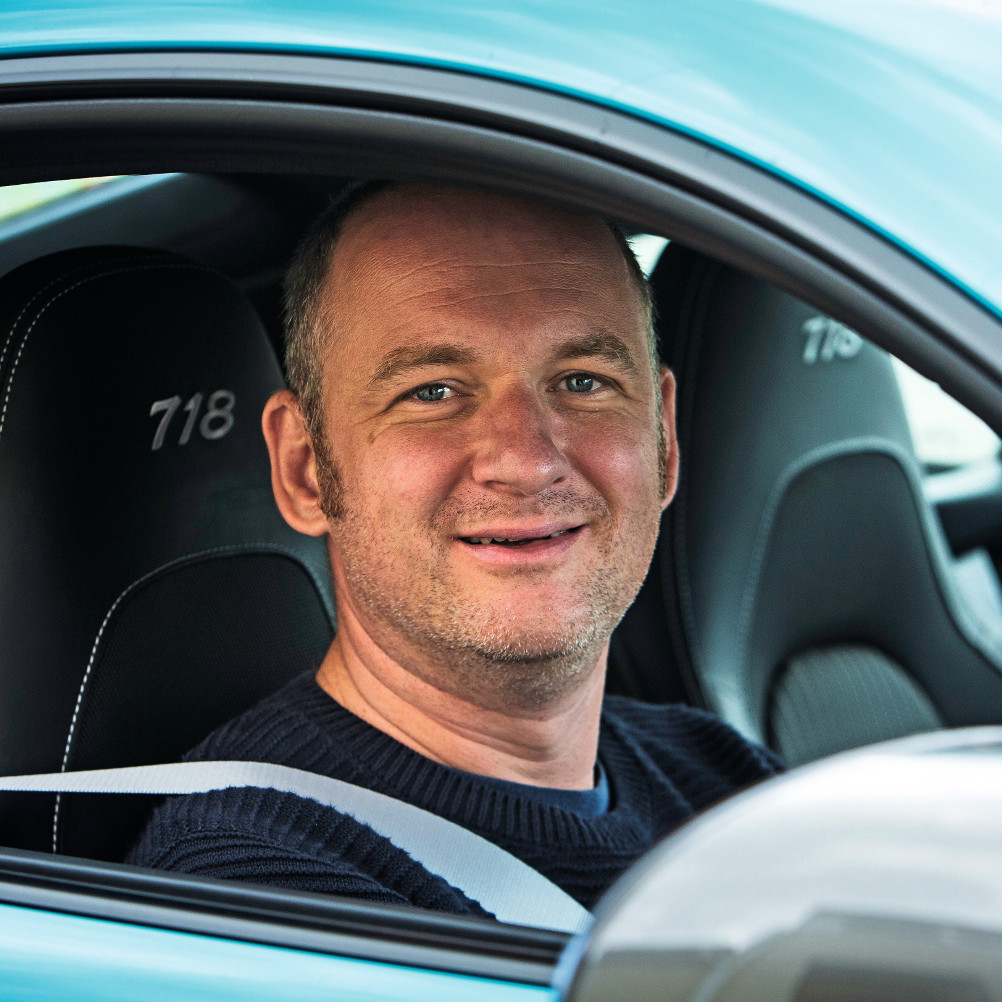Diesel company cars used to be everywhere, ruling the roads and clogging up corporate car parks across the country. Thanks to their tax-bustingly low C02 emissions and fuel-sipping efficiency figures, these compression-ignition machines were hugely popular with both the fleet managers who paid for them and the user choosers who drove them.
However, the combination of the Dieselgate scandal and the UK government’s efforts to make the car industry go all-electric has meant derv-drinkers have fallen well out of favour with businesses wanting to offer four-wheeled perks to their employees.
And yet despite the stain on its reputation, diesel still makes a lot of sense. Sure, the benefit-in-kind (BIK) tax rates can still make your eyes water, but for those that spend a lot of time on the road, there’s nothing more comforting than seeing a ‘range to empty’ read out of more than 500 miles. Then there’s the trademark welt of mid-range muscle that makes the diesel one of the few run-of-the-mill internal combustion engines to match electric cars for instant torque.
Of course, these machines are becoming harder to find on manufacturer’s price lists, but look hard and you will still find some. So here’s our pick of the best of these increasingly rare company car choices.
In many ways, the Skoda Superb is a throwback to the company cars of a couple of decades ago - a sensible hatchback from a mainstream brand that sells on its space, equipment and driving experience rather than the kerbside kudos of its upmarket badge.
These days, the Superb offers only one diesel option, but the tried-and-tested 2.0-litre TDI is a lusty performer, thanks to its vital statistics of 148bhp and 266lb ft of torque. More importantly, it claims 58.9mpg and CO2 emissions of as little as 128g/km. That means in fleet-friendly SE Technology trim, lower-rate earners will sacrifice just over £2000 of their salary on the Superb.
For that you will be getting one of the best family hatches in the business. A five-star Autocar road test verdict is proof of that.
For the cash, few cars offer so much space for people and luggage (the Superb Estate is even bigger), while the interior ambience is up there with the best premium players'.
Better still, the combination of accurate handling, hushed refinement and that punchy diesel motor (available only with a slick seven-speed automatic gearbox), means the Superb is a comfortable scything along in the outside lane of the motorway as it is slicing down a back road.
As a car that does it all, this Skoda is tough to beat.
Read our Skoda Superb review









Join the debate
Add your comment
Having started his automotive career on, ahem, another weekly automotive magazine, he rose through the ranks Speed Stars and spent many years running that title’s road test desk.
Head Basketball: Joining tournaments is a great way to test your skills against other players, and participating can also earn you valuable rewards that enhance your game experience.
head basketball: Joining tournaments is a great way to test your skills against other players, and participating can also earn you valuable rewards that enhance your game experience.